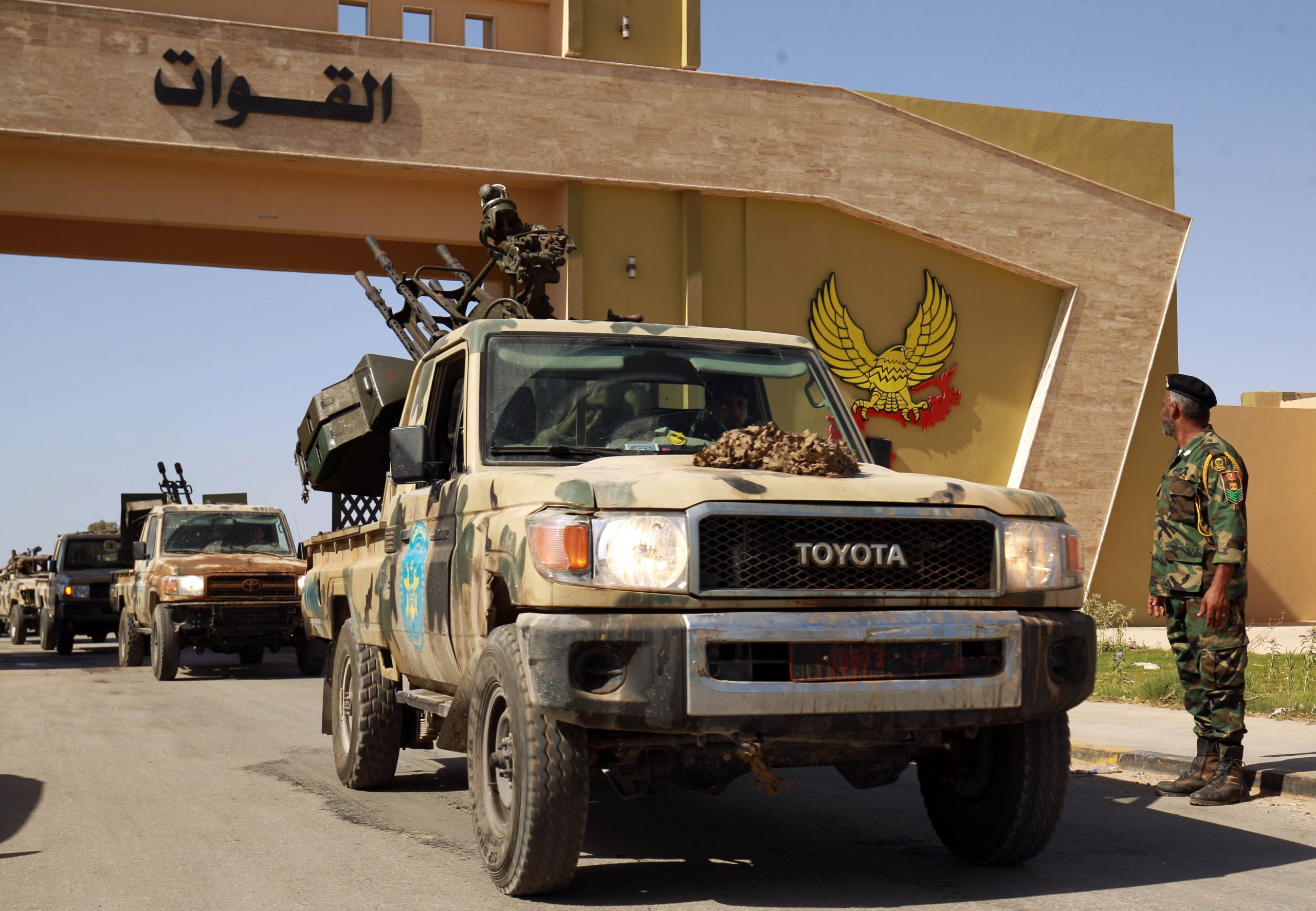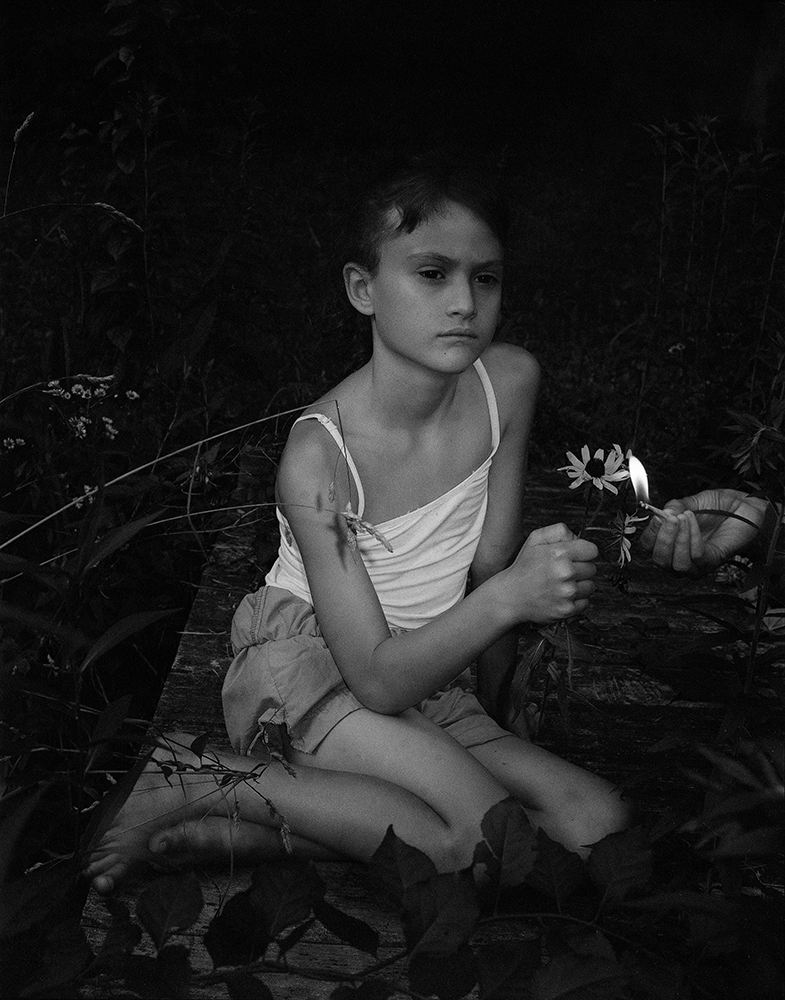
Libyan National Army ‘sentences’ freelance photojournalist Ismail Abuzreiba al-Zway to 15 years - Committee to Protect Journalists
Missing Photojournalist Austin Tice, Tops July Ranking Of One Free Press Coalition’s “10 Most Urgent” Press Freedom Cases Press Freedom Cases
